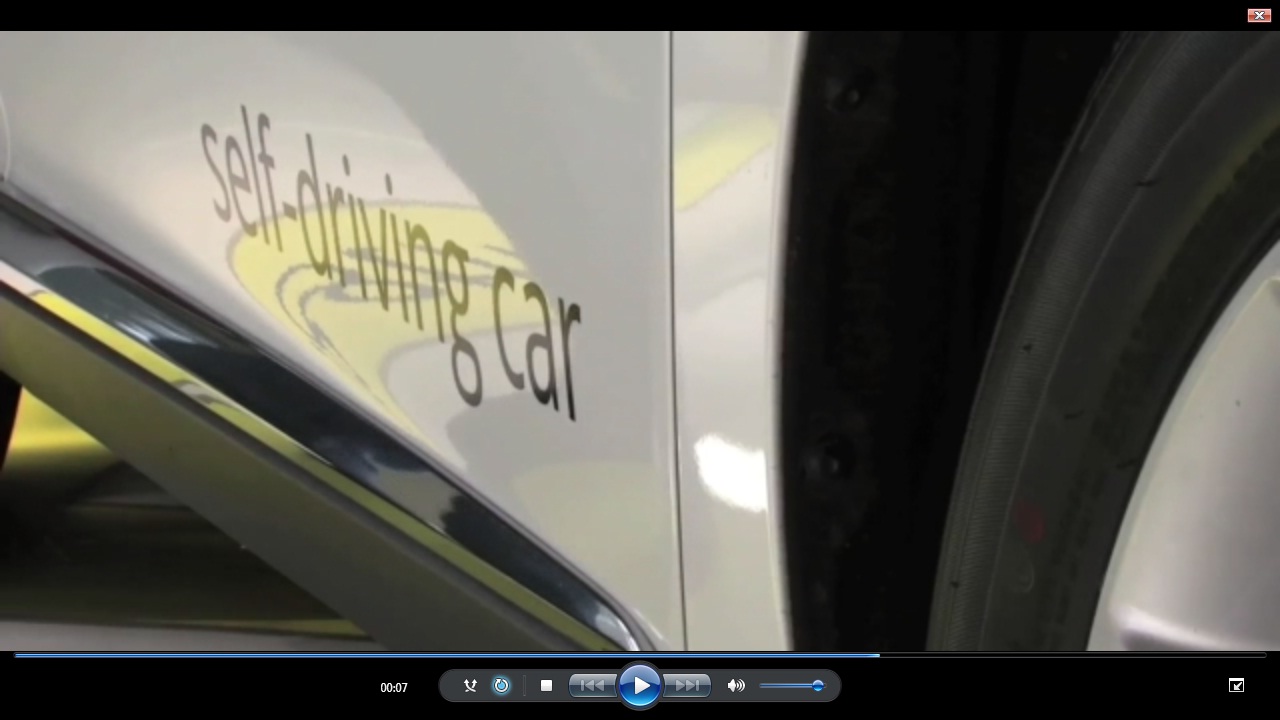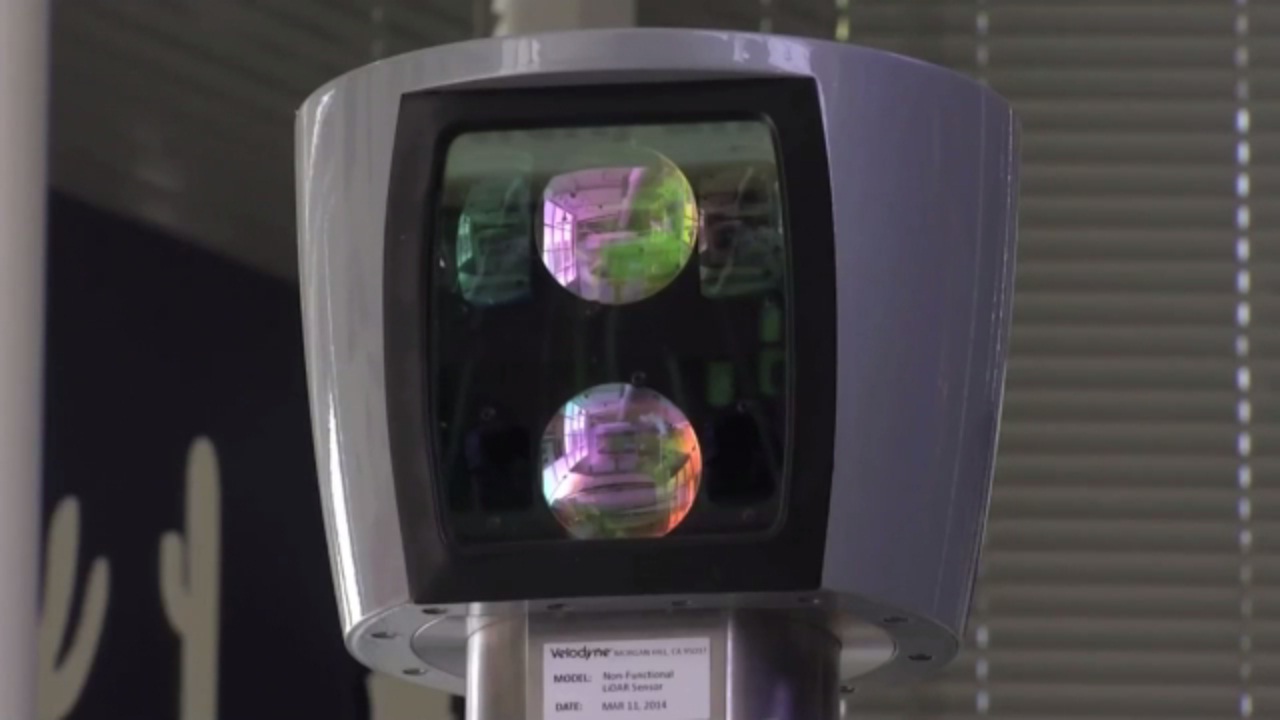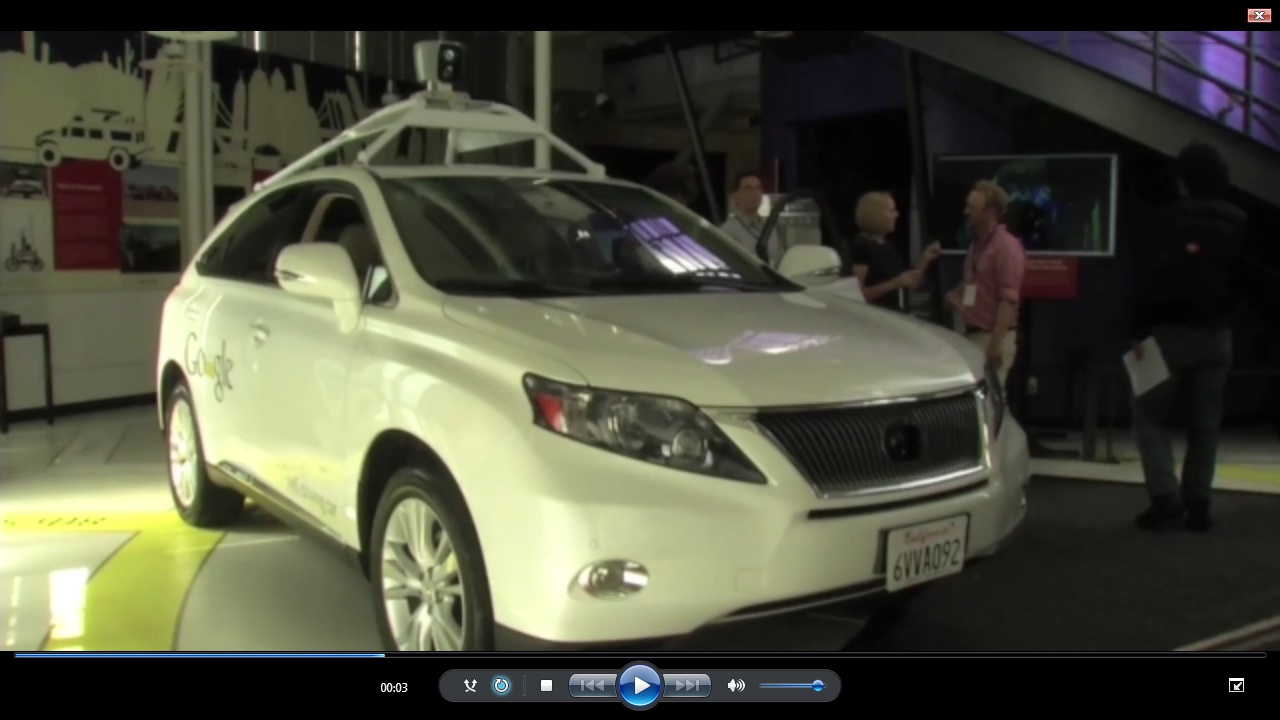Update: Another “Test Drive” for the Google Self-Driving Car
A couple of months ago, this blog already featured Google’s driverless car. We already wrote about the basics of the Google self-driving car. There is also a video on Youtube that showcases the rider experience with Google’s intelligent car. Now, a new insight into the riding experience emerges as Reuters journalist Paul Ingrassia covers the Google car “test drive.”
Unremarkable?
For Ingrassia, the “most remarkable thing about the drive was that it was utterly unremarkable.” He is saying this as a form of praise. He said this in view of the tradition that most automotive test drives happen to feature a high-powered vehicle, a topnotch automotive engineer, top driver, and a high speed race. The test drive with Google’s self-driving car was a simple affair that involved ordinary people trying out the drive experience on the relatively peaceful streets of Mountain View, the location of Google’s headquarters.
Instead of automotive engineers taking the helm of the test drive, it was Google’s group of soft-spoken geeks who presided over the event. This group included project director Chris Urmson, Russian-born lead software engineer Dmitri Dolgov, Andrew Chatham, Brian Torcellini, and project safety director Ron Medford.
Function Over Form
Ingrassia himself had the opportunity to be inside Google’s driverless car to take a ride along Mountain View roads. As he wrote on his article for Reuters, the car was a modified Lexus RX 450h, a hybrid gas-electricity powered vehicle. Ingrassia commented on how aesthetics was definitely not the highlight of the car, in addition to the lack of typical car testing flair during the event. He described the different hardware features, including the rotating cylinder mounted on top of the roof. Ingrassia noted how the rotating cylinder may have looked unsightly but was a “reasonable replacement for the human brain (at least some human brains) behind the (steering) wheel of a car.”
Uneventful Ride
Ingrassia was with Google’s Brian Torcellini during the test drive that took around 25 minutes. Torcellini was seated on the “driver’s seat” and was designated as the “lead test driver” although he didn’t really do any driving, obviously. He was there to take over the car manually in case something unexpected happens. To emphasize, this model being tested is a modified Lexus. It is different from the completely Google-made self-driving car that lacked a steering wheel we wrote about before. This means that a steering wheel is now available..
Again, the typically negatively perceived “uneventful” adjective here is not a criticism or complaint for Ingrassia. He was on the passenger’s seat and he observed how things were almost so unexciting. The only somewhat exciting moments were when the car had to drive with other cars on the road, like when an oncoming car was about to turn left and Google’s driverless car automatically hitting the brakes to prevent an anticipated collision.
Traffic Law Obedience
Google’s self-driving car is set to stay within speed limits, for the most part. It is capable of going above the speed limits, though, when the conditions allow it as Google thinks, based on research, that strictly sticking the speed limit can be dangerous.
Seriously Self-Driving
Investment bank Morgan Stanley completed a report on driverless cars and predicted that self-driving cars could start actually driving on real roads by the year 2026. This estimation is rather too optimistic for some analysts but most would agree that self-driving cars will really become a reality in the future and not just some fad or novel idea that eventually becomes a dud. The Morgan Stanley report declares that self driving cars are not a toy and that “the social and economic implications are enormous.”
Many high end cars right now already sport some of the essential features of self-driving cars like the sensors to avoid collisions and the tools that assist in parking a car properly. It wouldn’t be too long before the technology that enable intelligent cars to drive on their own matures and becomes acceptable to pedestrians and drivers. Well, there are still those who are not that open to the idea of self-driving cars but they may change their minds once they actually take the ride and enjoy how smooth everything goes like what people featured in Google’s first test drive experienced.


